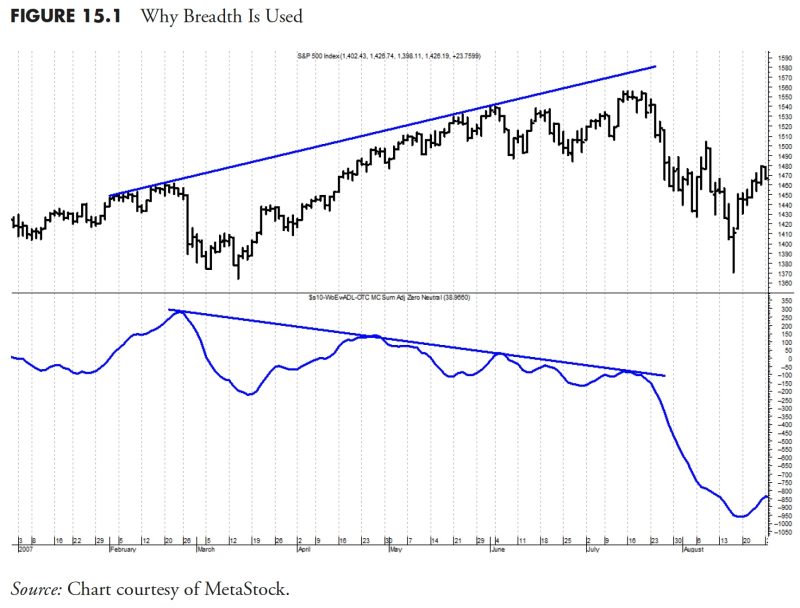In the world of finance, the concept of rules-based money management has gained significant traction due to its potential to enhance investment decisions. By utilizing specific rules and guidelines for managing funds, investors can potentially mitigate risks and improve the overall performance of their portfolios. This article will delve into the key aspects of rules-based money management and explore how investors can integrate these strategies into their decision-making processes effectively.
Setting clear objectives and defining risk parameters are foundational steps in rules-based money management. Investors must establish specific goals and articulate their risk tolerance levels before developing a set of rules to guide their investment activities. By clearly defining their investment objectives, investors can align their strategies with their broader financial aspirations and avoid making impulsive decisions driven by short-term market fluctuations.
Risk management is a crucial component of rules-based money management. Investors must develop strategies to protect their capital and limit potential losses. This may involve setting stop-loss orders, diversifying their portfolios, and adhering to strict position-sizing guidelines. By incorporating risk management techniques into their investment approach, investors can safeguard their assets and potentially reduce the impact of market downturns on their portfolios.
Another vital aspect of rules-based money management is maintaining discipline and consistency in decision-making. Emotions often cloud judgment and lead investors to deviate from their predetermined strategies. By following predefined rules and guidelines, investors can minimize the influence of emotions on their investment decisions and ensure a more systematic approach to managing their portfolios.
Monitoring and evaluating performance are integral parts of rules-based money management. Investors should regularly assess the effectiveness of their strategies by analyzing key performance metrics and adjusting their rules as needed. By tracking the outcomes of their investment decisions and making data-driven adjustments, investors can optimize their portfolios and improve their overall financial results.
Utilizing advanced tools and technology can enhance the implementation of rules-based money management strategies. Automated trading systems, algorithmic models, and risk analytics software can streamline the investment process and facilitate the execution of predefined rules. By leveraging technological solutions, investors can efficiently manage their funds and capitalize on market opportunities in a more systematic manner.
In conclusion, rules-based money management offers a structured and systematic approach to investing that can enhance decision-making and potentially improve investment outcomes. By setting clear objectives, managing risks effectively, maintaining discipline, and utilizing technology, investors can optimize their portfolios and navigate the complexities of the financial markets with confidence. Adopting rules-based money management principles can empower investors to make informed choices and pursue their long-term financial goals with greater precision and effectiveness.

